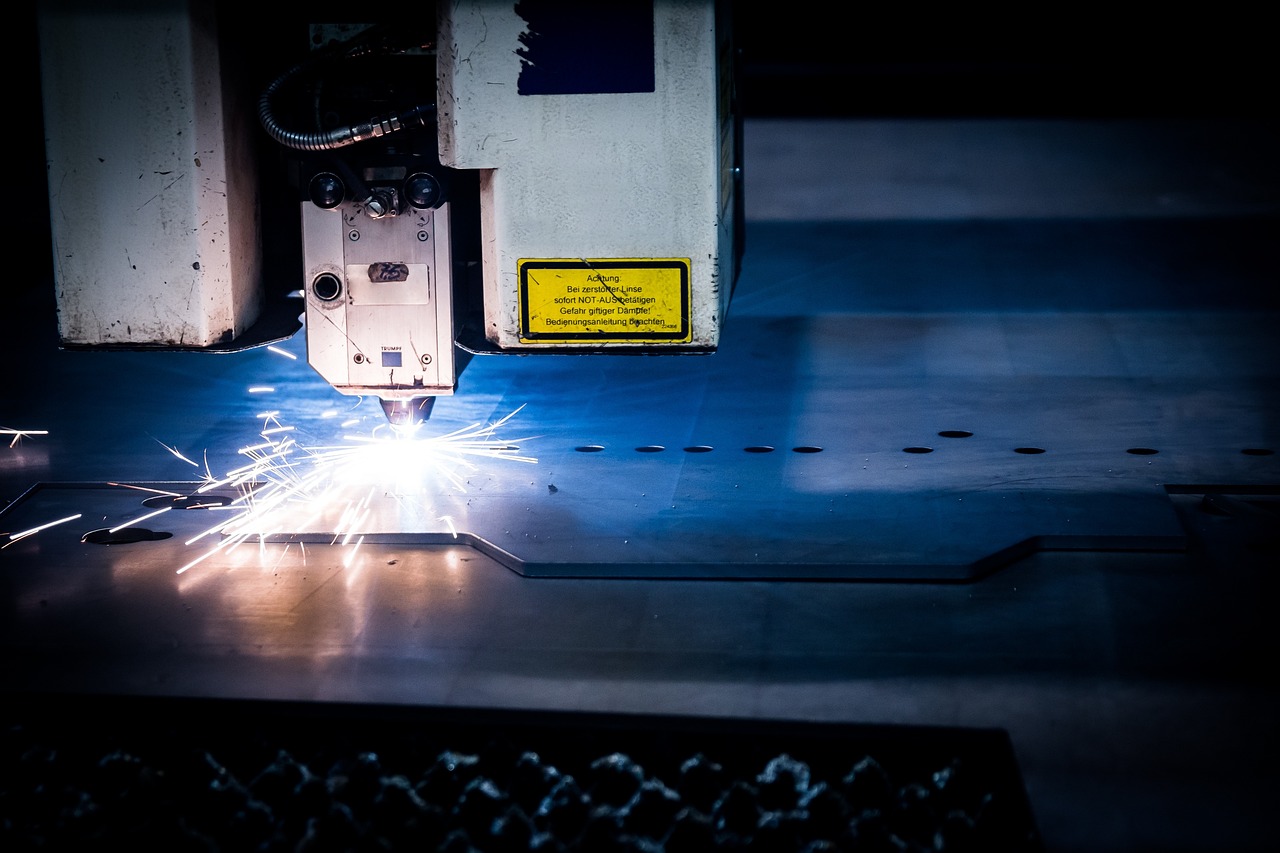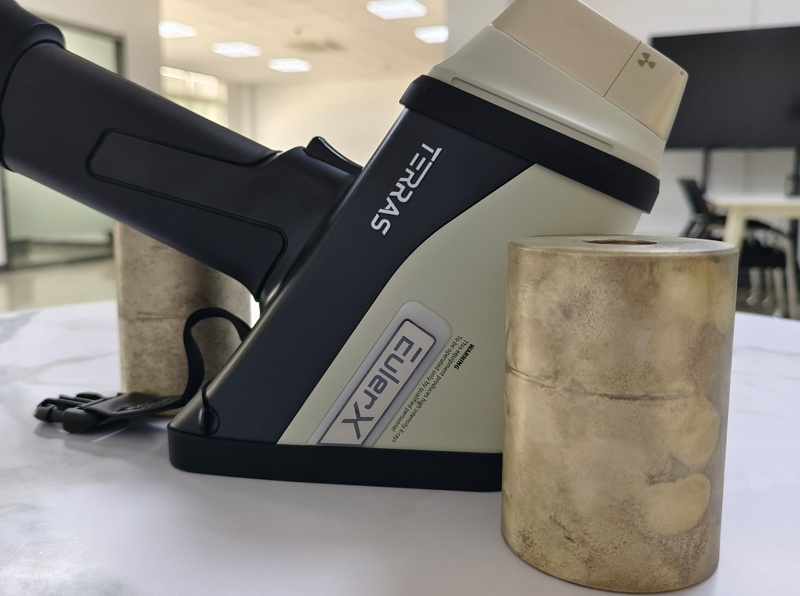
XRF Technology
A high-tech enterprise focusing on the development and application of X-ray technology products, committed to becoming a leading supplier of X-ray industrial testing solutions.
Applications of Handheld XRF Analyzers: From Environmental Testing to Quality Control
In today’s fast-paced world, the demand for rapid, accurate, and portable analytical tools has never been greater. Handheld X-ray fluorescence (XRF) analyzers have emerged as a game-changing technology, revolutionizing industries by providing real-time, non-destructive elemental analysis. From environmental testing to quality control in manufacturing, these compact devices are transforming how we approach material analysis. In this blog, we’ll explore the diverse applications of handheld XRF analyzers and how they are making an impact across various fields.
What is a Handheld XRF Analyzer?
A handheld XRF analyzer is a portable device that uses X-ray fluorescence to determine the elemental composition of a material. When the device emits X-rays onto a sample, the atoms in the sample fluoresce, emitting secondary X-rays that are unique to each element. By measuring these emitted X-rays, the analyzer can identify and quantify the elements present in the sample.

Terras EulerX900 Handheld Alloy Analyzer
1. Environmental Testing and Monitoring
One of the most critical applications of handheld XRF analyzers is in environmental testing. These devices are widely used to detect and measure hazardous elements in soil, water, and air, helping to ensure compliance with environmental regulations and protect public health.
Soil Contamination Analysis: Handheld XRF analyzers can quickly identify toxic elements like lead, arsenic, and mercury in soil, making them essential for site assessments and remediation projects.
Water Quality Testing: By analyzing sediments and particulates, XRF analyzers can help monitor water quality and detect pollutants.
Airborne Particulate Matter: In industrial settings, these devices can analyze dust and airborne particles to ensure workplace safety and compliance with environmental standards.
The ability to perform on-site testing reduces the need for lab analysis, saving time and costs while providing immediate results for decision-making.
2. Mining and Geochemical Exploration
In the mining industry, handheld XRF analyzers are invaluable for geochemical exploration and ore grade control. They enable geologists and mining engineers to make real-time decisions in the field, improving efficiency and reducing costs.
Exploration and Prospecting: These devices are used to identify mineral deposits and map geological formations, streamlining the exploration process.
Waste Management: By analyzing waste materials, XRF analyzers help ensure that valuable resources are not discarded and that hazardous materials are properly managed.
3. Quality Control in Manufacturing
Handheld XRF analyzers play a crucial role in quality control across various manufacturing industries, including automotive, aerospace, electronics, and metal fabrication.
Material Verification: Ensuring the correct alloy composition is critical in manufacturing. XRF analyzers can verify the composition of raw materials and finished products, preventing costly errors.
Coating Thickness Measurement: In industries where coatings are applied (e.g., galvanized steel), XRF analyzers can measure coating thickness and composition, ensuring product durability and performance.
4. Art and Archaeology
Handheld XRF analyzers are also making waves in the art and archaeology world. They provide a non-destructive way to analyze artifacts, paintings, and historical objects, offering insights into their composition and provenance.
Art Authentication: XRF analyzers can detect the presence of modern materials in artworks, helping to identify forgeries.
Conservation and Restoration: By analyzing the materials used in historical objects, conservators can make informed decisions about restoration techniques.
Archaeological Research: These devices help archaeologists understand the composition of artifacts and the materials used by ancient civilizations.

Terras EulerX900 Handheld Alloy Analyzer
5. Scrap Metal Recycling
In the scrap metal recycling industry, handheld XRF analyzers are essential for sorting and identifying metal alloys. They enable recyclers to quickly determine the value of scrap metal and ensure that materials are properly categorized.
Designed for precision, the EulerX 900 series provides rapid, reliable metal analysis using cutting-edge technology. Its user-friendly interface displays alloy grades and compositions instantly, enabling lab-quality results without sample prep, making it perfect for diverse applications.
Conclusion
Handheld XRF analyzers are versatile, powerful tools that are transforming industries by providing fast, accurate, and portable elemental analysis. From safeguarding the environment to ensuring product quality and authenticity, their applications are vast and varied. As technology continues to advance, these devices will undoubtedly play an even greater role in shaping the future of material analysis.
Whether you’re a geologist in the field, a manufacturer on the factory floor, or an archaeologist in a museum, handheld XRF analyzers offer a reliable and efficient solution for your analytical needs. Their ability to deliver real-time results makes them an indispensable tool in today’s data-driven world.
Join Us
Subscribe to our email list for updates & promotions.



